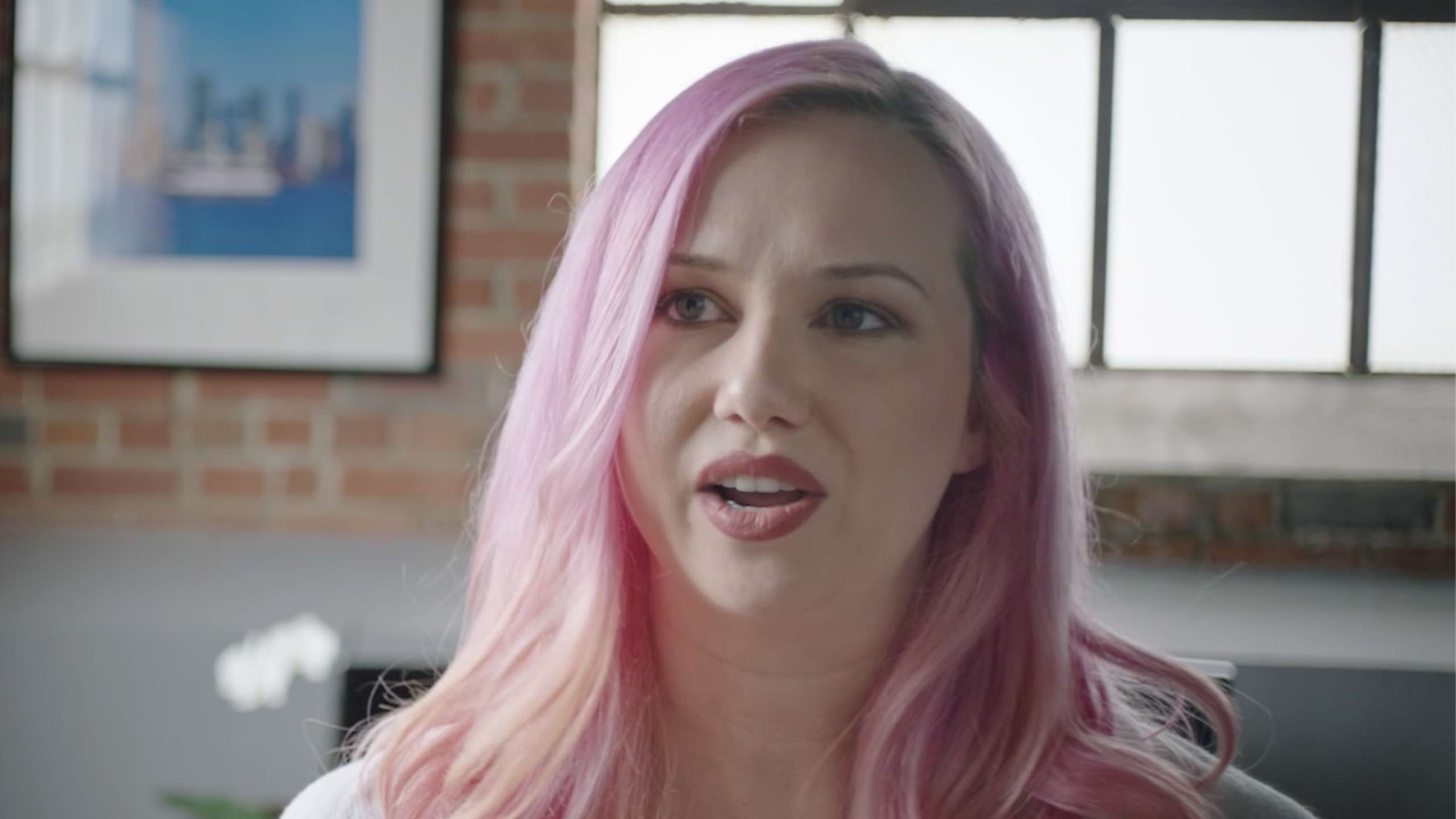Lonely Planet
To cover 350,000 destinations, Lonely Planet’s global team of writers and editors use Dropbox Paper to coordinate responsibilities and share ideas.

Kevin Raub hates flying.
This isn’t ideal, considering Raub is one of travel brand Lonely Planet’s go-to field writers. But any fear of the skies hasn’t stopped him from visiting 90 countries over his career. “My favourite part of travel is throwing my bags down and taking that first step out into a new world, and everything is completely foreign to me,” he said. “I like the landing part of flying.”
Lonely Planet is grateful for jet-setters like Raub. To cover 350,000 destinations, it takes hundreds of writers working with content teams spread across the company’s international offices. Together, they constitute what might be the ultimate remote collaboration team.
“We’re a content-first business. We wouldn’t be able to deliver on our mission without our model of working, because what we do for a living is cover the world. And Dropbox is an enabler of that.”
– Daniel Houghton, CEO, Lonely Planet
We visited Raub on his research trip in Lisbon and the team in Nashville to find out how they use Dropbox. Here’s what we learned:
Digitising an iconic franchise with Dropbox Business
Lonely Planet is both traditional and innovative. Founded in 1973 with its trademark guidebooks, in 2018 the company earned a spot on Fast Company’s “The World’s Most Innovative Companies” list. While the brand’s books remain popular, a growing number of readers consume content on its digital platforms.
As their readership has evolved, so has Lonely Planet. They’ve been adopting new technology as part of their digital transformation.
Bringing stories to life with Dropbox Paper
Already a Dropbox Business customer since 2014, Lonely Planet has started using Dropbox Paper. Bailey Freeman, Destination Editor, brings together all field research, photos and drafts, and readies them for print across Lonely Planet’s various platforms. Paper has become an integral tool for Freeman’s work across content creation and project coordination.
“Paper is great for imagining what the final article is going to look like,” Freeman said. “You can send out a list of to-do’s, introduce all sorts of multimedia and leave comments for your colleagues to interact with.”
– Bailey Freeman, Destination Editor, Lonely Planet
It lets the team focus on sharing unique travel experiences with their readers.
“That real-time collaboration we have in our team despite being in different locations – that’s how we produce articles unlike anything else out there, that can actually inspire people to visit new places,” said Freeman.